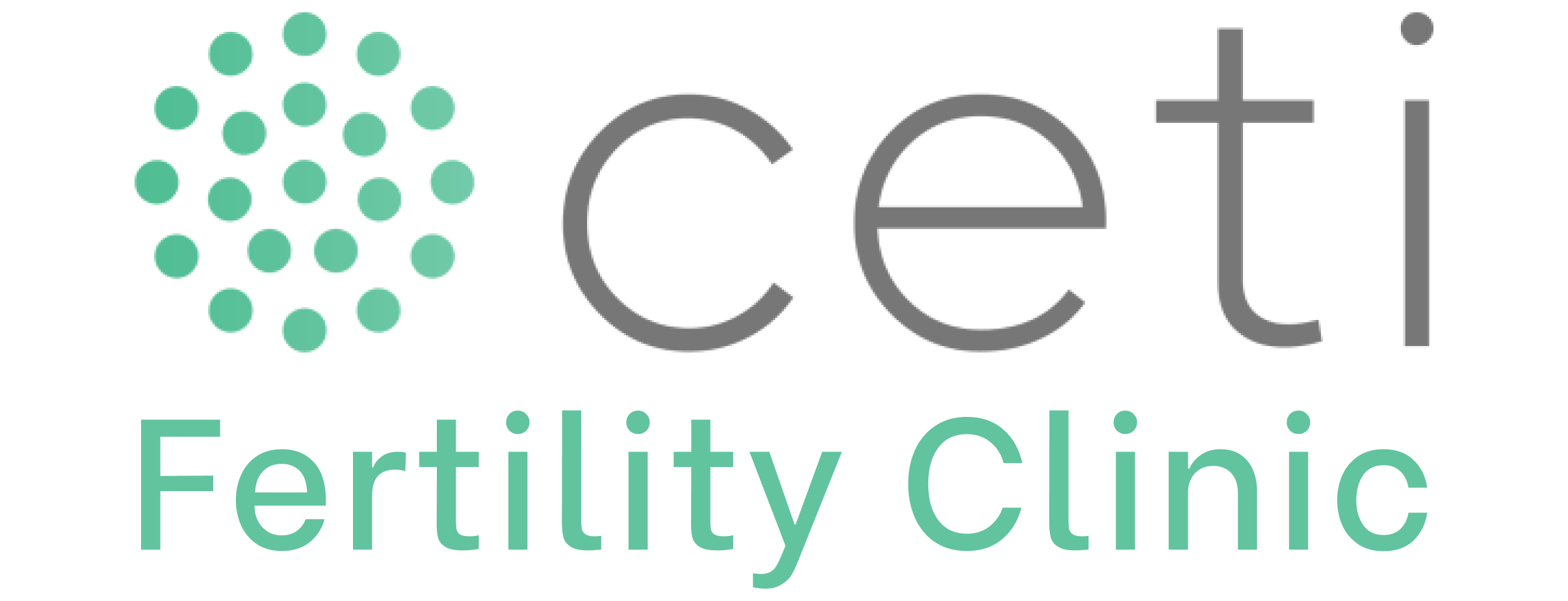Intrauterine Insemination (IUI)
(Artificial Insemination)
Intrauterine insemination or artificial insemination is a medically assisted procreation treatment that is painless and uncomplicated. It involves placing carefully treated sperm (to select the best spermatozoa) directly into the woman’s uterus, thereby increasing the chances of successful fertilisation. Insemination follows a personalised clinical protocol and involves no invasive procedures.
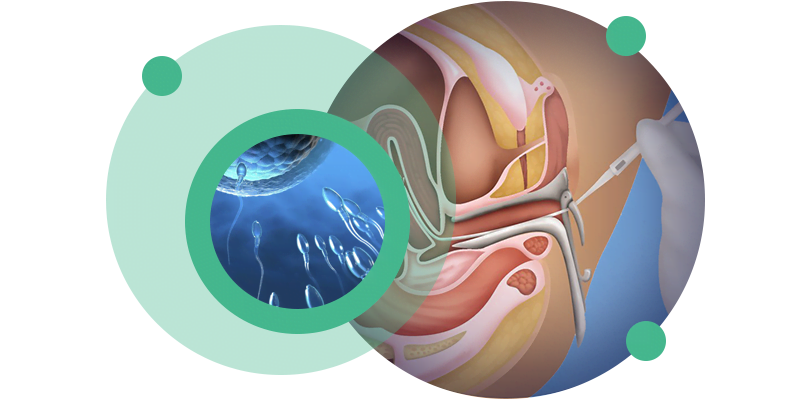
About Intrauterine Insemination
Intrauterine insemination, commonly known as artificial insemination, is a medically assisted procreation treatment, of low complexity and painless, in which carefully selected spermatozoa are placed (after processes of collection, washing with appropriate means and selection of the most capable spermatozoa). the woman’s uterus, close to the moment of ovulation.
The technique associated with intrauterine insemination or artificial insemination involves preparing the sperm outside the woman’s body to obtain a selection/sample of greater concentration and better quality.
Then, using a thin, flexible catheter, this sample is placed directly inside the woman’s uterus, increasing the likelihood of conception.
In this way, in situations that can be considered generically, in which the monthly probability of pregnancy is lower than normal, which is 20/25% per month, in couples with this reduction in fertility or hypofertility, it is possible to prepare spermatozoa in the laboratory, replacing the entire natural selection process carried out in the cervix.
The process of selecting spermatozoa for insemination begins by placing them in a laboratory centrifuge with media of different densities, creating different layers through which the spermatozoa will have to pass. Only sperm with normal morphology and mobility will be able to overcome the obstacles created by the density of the gradients.
After this centrifugation and initial selection, the spermatozoa undergo two further centrifuges with washing medium. The final stage involves the addition of a specific culture medium that will provide energy sources for the spermatozoa, improving their mobility and fertilising capacity.
After this process, sperm of the right concentration and quality are obtained and introduced into the woman’s uterus via a catheter. In this way, the likelihood of conception is increased by increasing the concentration of gametes in greater quantity and of better quality in the place conducive to fertilisation.
Intrauterine insemination can be carried out with the sperm of the male member of the couple (intraconjugal) or with donor sperm:
Intrauterine insemination with the partner’s sperm
To carry out an intraconjugal IUI, the male member of the couple must collect the ejaculate, which will then be treated by washing with appropriate means. After treatment, the partner’s sperm is placed in the upper part of the uterus using a thin, flexible catheter.
Intrauterine insemination with donor sperm
IUI with donor sperm involves the use of cryopreserved donated sperm. The selected donor sample is thawed and processed for subsequent placement inside the woman’s uterus using a thin, flexible catheter.
Donor selection follows strict criteria to ensure the highest quality sperm and to minimise the risk of transmitting infections and hereditary diseases. CETI works exclusively with registered and approved sperm banks.
Natural cycle
IUI using the natural cycle is a viable alternative when the woman is under 38 and her ovarian reserve and ovulation present the necessary conditions. In this situation, drugs are not used as an artificial form of ovarian stimulation. The natural cycle is monitored by ultrasound to detect the exact moment of ovulation, so that insemination is carried out in a short and very precise period of time.
Stimulated Cycle
During stimulated cycles, the woman takes medication to induce ovulation. The development of the follicles is monitored by periodic ultrasound scans. When the follicle reaches the appropriate level, an injection is given to help release the oocyte. Most intrauterine inseminations are carried out within 24 to 48 hours.
Intrauterine insemination is considered a first-line treatment and is indicated in the following situations:
- Diagnosis of infertility with immunological or unexplained causes, male infertility (decreased sperm quantity or motility), female infertility with ovulatory or cervical causes (preventing proper sperm preparation), minimal endometriosis and cervical abnormalities;
- Female without a partner, using donor sperm;
- Couple of women using donor sperm.
Intrauterine insemination or artificial insemination involves a number of stages:
- Initiating the ovarian stimulation process using medication, with the aim of developing one or two ovarian follicles with controlled dimensions and levels of maturation. This process can be started on the 2nd or 3rd day of the menstrual cycle and its progress monitored by transvaginal ultrasound. In certain situations, intrauterine insemination can be carried out according to a natural cycle, without the use of medication.
- The ejaculate sample is taken and its quality assessed (similar to a spermogram) on the day of insemination. If a sperm donor is used, this donor is selected taking into account the recipient’s blood group and physical characteristics. All donors used at CETI undergo rigorous screening for infectious and hereditary diseases.
- Laboratory treatment of the semen sample to obtain a concentrated, carefully selected semen solution. This involves washing the sample several times to remove less capable sperm and other cells and components present in the ejaculate.
- The laboratory-treated sample is introduced into the upper uterine cavity using a flexible catheter. Insemination should take place shortly before ovulation, to increase the likelihood of fertilisation.
- A pregnancy test (Beta HCG) should be carried out 15 days after the insemination treatment.

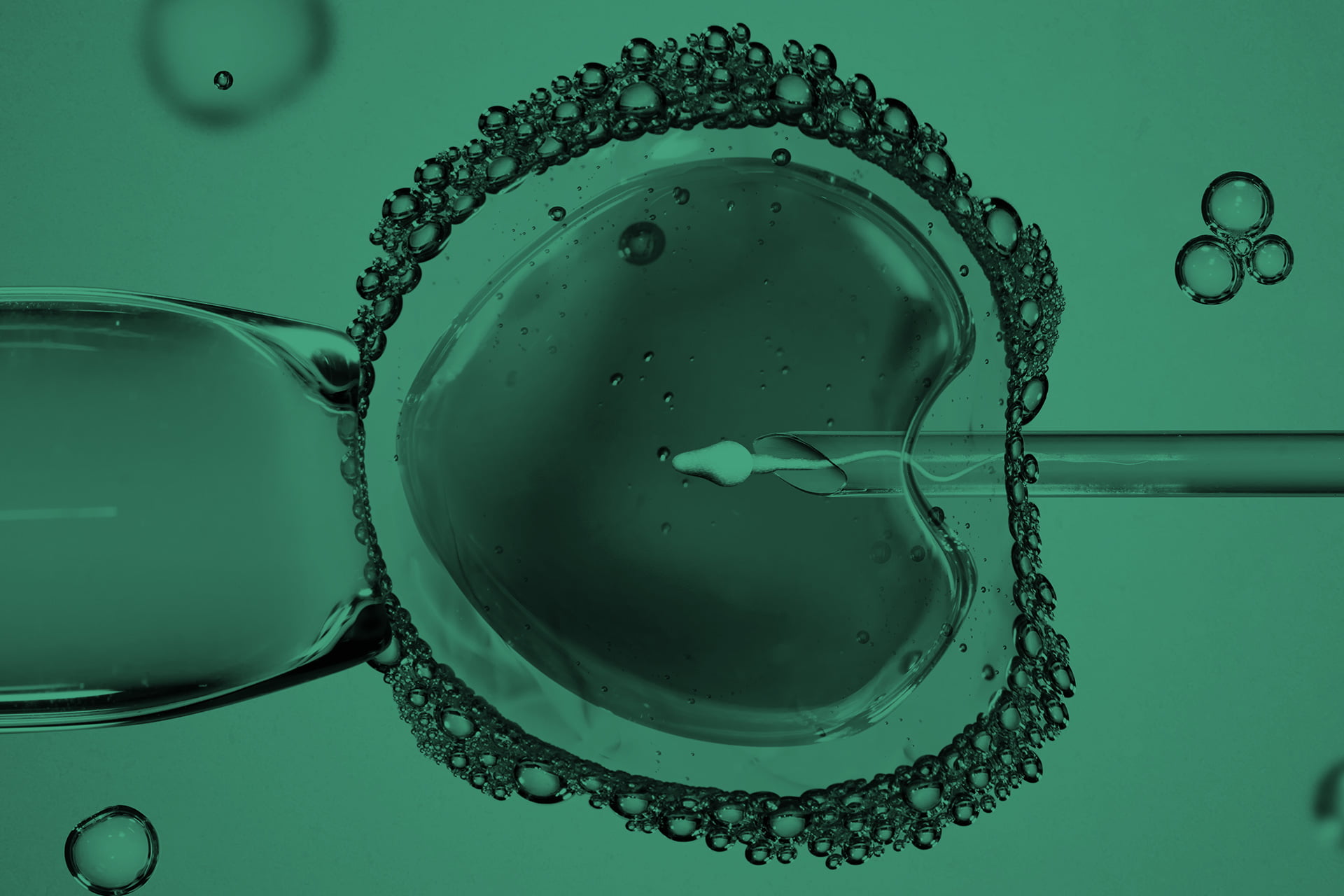
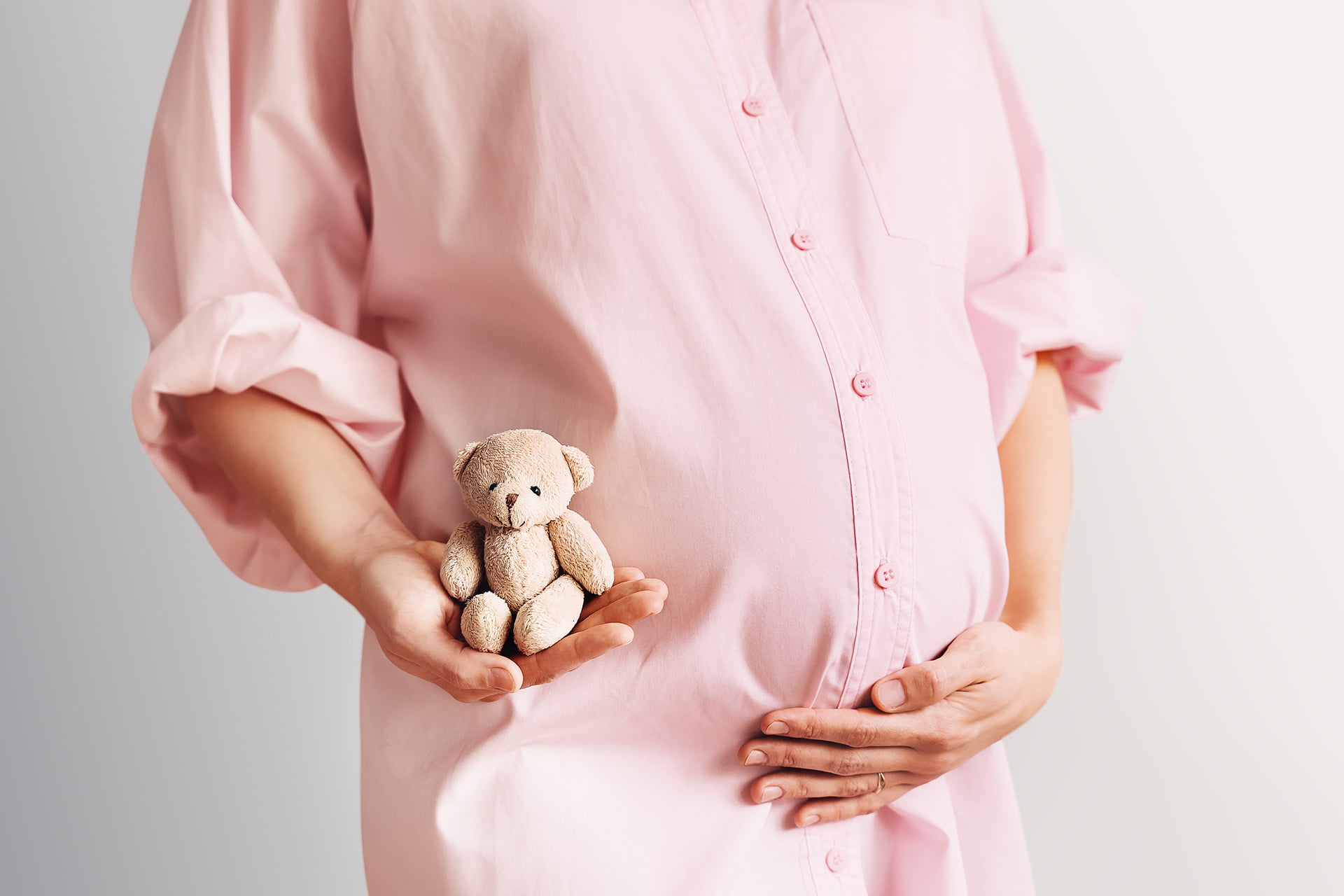
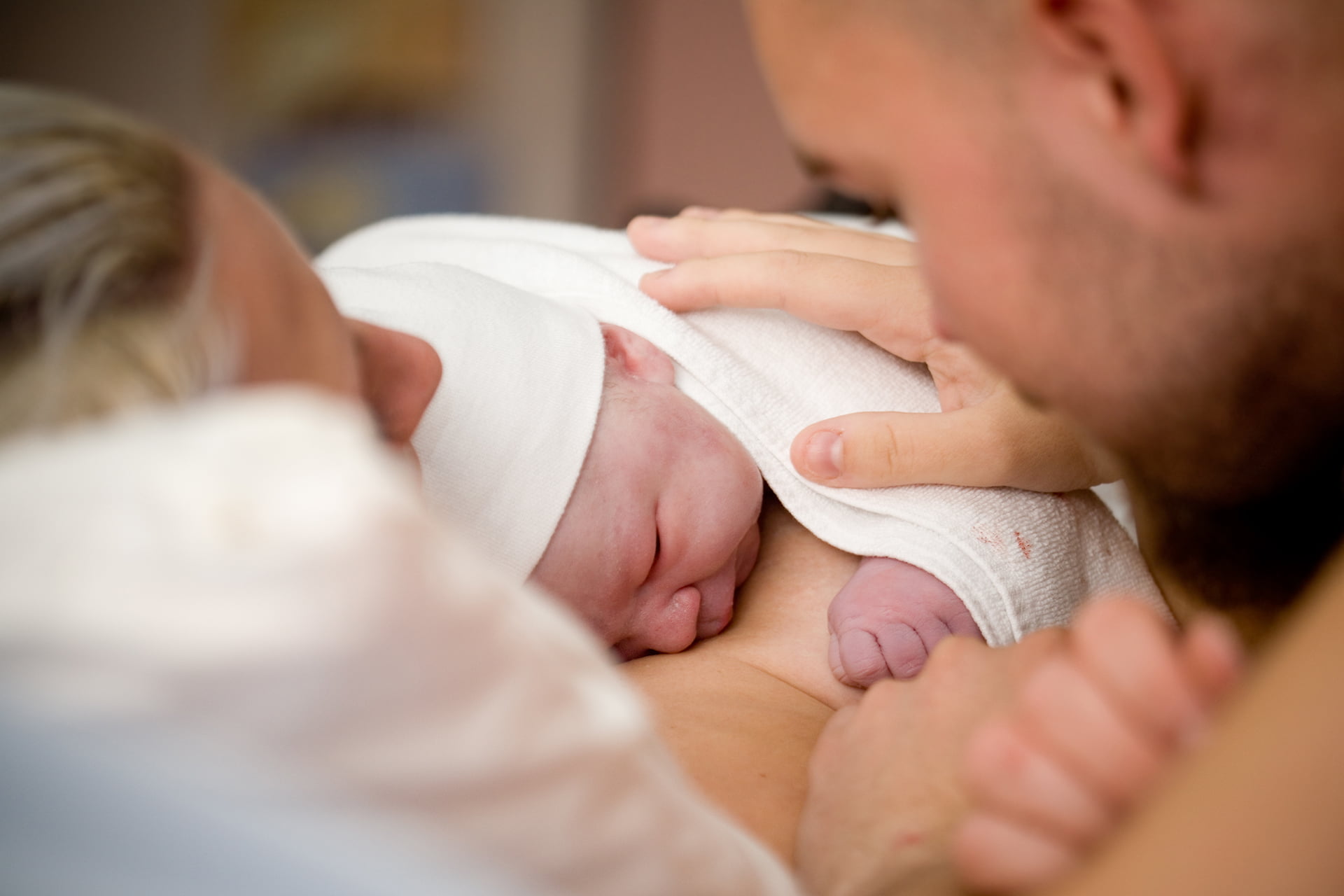

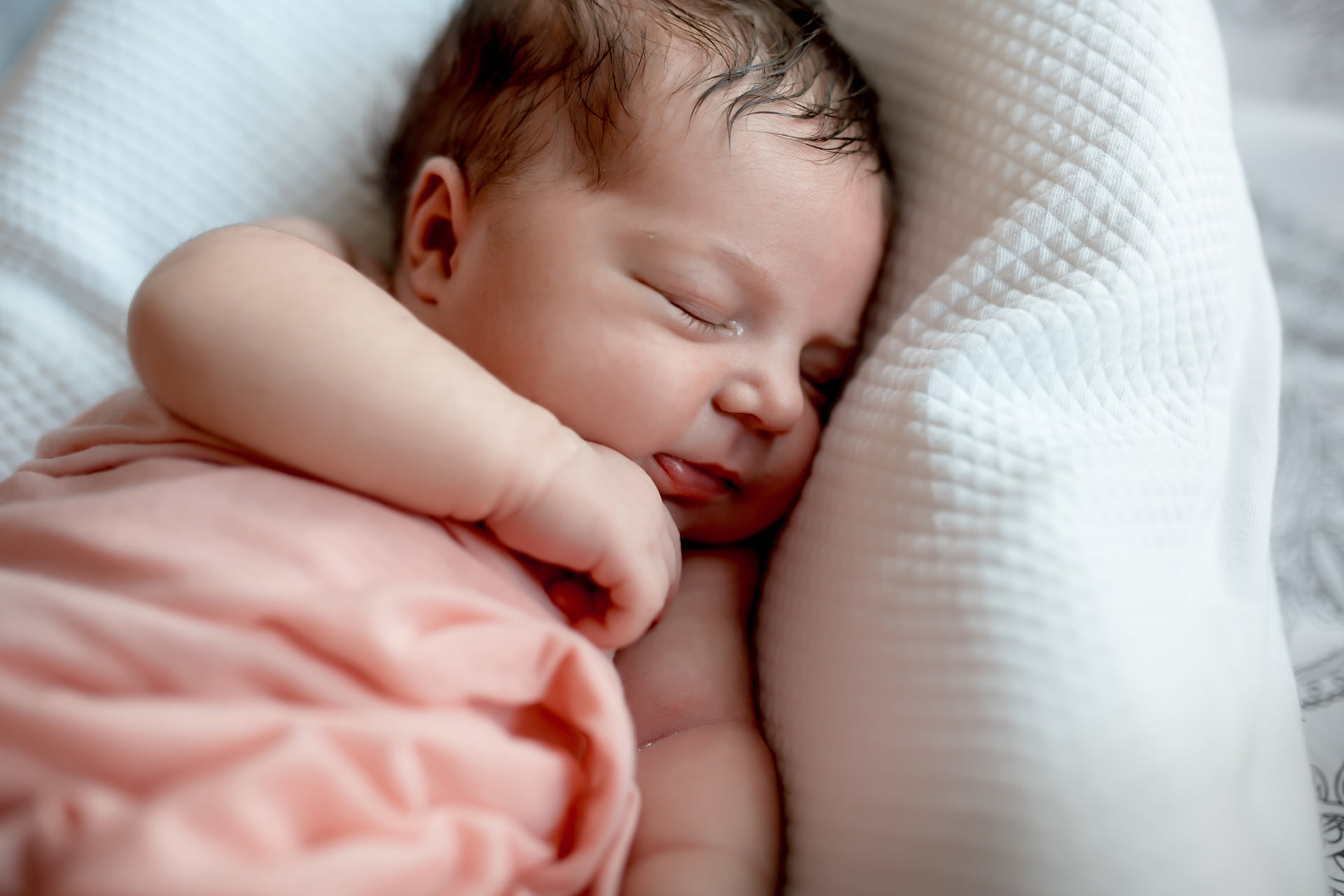
Common questions
Ovarian stimulation begins with the start of treatment, marked by the woman’s menstrual cycle, and lasts for around 10 days. When the follicle reaches the appropriate size, ovulation is induced and insemination is programmed so that the introduction of sperm into the patient’s uterus takes place a few hours before ovulation, normally 24 to 36 hours after ovulation induction. The whole process takes around 12 days.
Ovarian stimulation depends on the protocol used and each woman’s individual response, but can take an average of 8 to 10 days.
Yes, a woman’s age influences the results of intrauterine insemination. We know that a woman’s reproductive potential diminishes considerably after the age of 35 and drops sharply after the age of 40.
Intrauterine insemination or artificial insemination is a simple, painless treatment.
Artificial insemination is a very safe treatment, provided it is guided and carried out by a doctor specialising in infertility. In cycles with ovarian stimulation, medical supervision and ultrasound monitoring are extremely important to avoid twin pregnancies.
You will need to go to the clinic for an ultrasound check of the ovarian stimulation or, if it is carried out in a natural cycle, to monitor the time of ovulation. This ultrasound check should be carried out every 2 to 3 days. In the case of intraconjugal insemination, the partner should come to the clinic in the morning on the day of insemination to collect the sperm.
The ejaculate sample can be taken at home, provided that it can be delivered to the clinic’s premises by you 30 to 45 minutes after the sample has been taken. During transport, the container containing the sample should be kept close to the body to avoid large fluctuations in temperature. The collection container can be supplied by the CETI or a urine collection container can be purchased from any pharmacy.
Intrauterine insemination and artificial insemination treatments can be carried out at the CETI, which is a medically assisted procreation centre approved by the Ministry of Health and the National Council for Medically Assisted Procreation.
It is advisable to take a pregnancy test 15 days after intrauterine insemination.
You can consult the CETI price list here.
